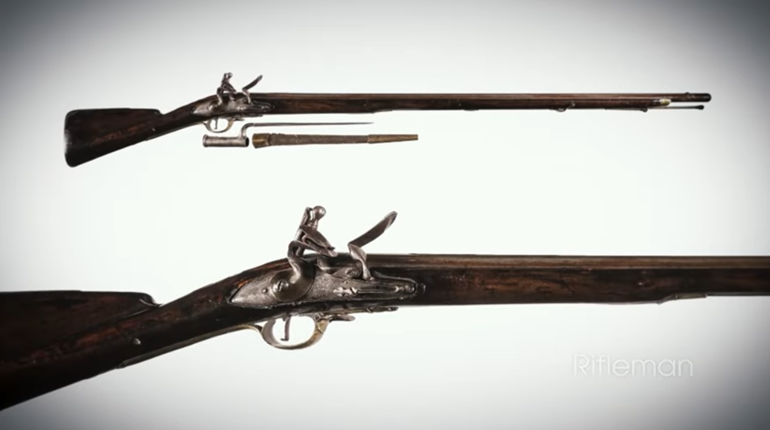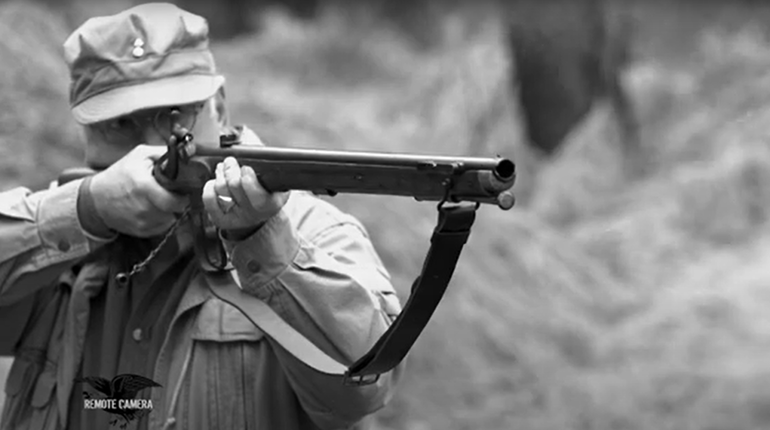
As late as the 1800s, Florida was still contested territory. The Seminoles, a tribe of Native Americans, claimed the land and were fighting the United States Army in its attempts to relocate them west of the Mississippi River. Both in human terms and financially, the Seminole Wars were the longest and most expensive of the Indian Wars in American history.
It was during the second of the three Seminole Wars (1835-1842) that the tribe attacked Cape Florida Lighthouse on Key Biscayne. It was not only the first lighthouse built in the Florida Keys, but the site of one of the most dramatic stories in the history of American lighthouses.
On July 23, 1836, the head lighthouse keeper, John Dubose, had gone to Key West for supplies, leaving his assistant keeper, John W.B. Thompson, in charge. Also remaining at the light was Aaron Carter, a black man who was likely Thompson’s slave.
About four that afternoon Thompson was outside the lighthouse, walking the short distance to the keeper’s house, when he spotted a large contingent of Indians—possibly as many as 50—rapidly approaching. Yelling for Carter to run to the lighthouse, the pair made it to the stone structure just in time to slam and lock the door behind them, the Indians in hot pursuit.
Thompson had anticipated a possible Indian attack, and three loaded muskets awaited inside the lighthouse. These he grabbed and ran up to a second-floor window, firing at the Indians from above. He was able to keep the Indians at bay until dark, when they fired a heavy volley and then rushed toward the door, setting it and an adjacent boarded-up window on fire.
The fire quickly burned through the door and window, setting the wooden staircase within the lighthouse on fire. And to make matters worse, some of the Indians’ bullets had punctured the tin storage tanks inside the lighthouse...which held more than 200 gallons of the highly flammable whale oil the keepers used to fuel the light. Grabbing a keg of gunpowder, the muskets and a bag of rifle balls, Thompson and Carter climbed the burning stairs to the top room of the lighthouse, the lantern room, and secured its small entry door behind them.
But it wasn’t long before that door, too, burned through, forcing the two men outside onto a narrow, 2-foot-wide iron platform that surrounded the top of the lighthouse. There they lay on their backs, staring at the night sky, a roaring inferno on one side and the Indians firing up at them on the other. With “lamps and glasses bursting and flying in all directions,” his clothes on fire and his “flesh roasting,” Thompson threw the keg of gunpowder into the fire, hoping to blow up the lighthouse and put an end their suffering.
The stone tower shook violently when the gunpowder exploded, but still stood. However, the explosion destroyed the staircase within the lighthouse. By that time Carter was already dead, his body riddled with no fewer than seven musket balls. Thompson had been shot in both feet, and was bleeding badly from three balls in each foot. Given his predicament, Thompson briefly considered throwing himself off the lighthouse and ending his life, but thought better of the idea and lay back down.
During the remainder of that hellish night, the Indians ransacked then torched the keeper’s house. The next morning, thinking Thompson dead, half of the Indians loaded a boat owned by Thompson with the plundered goods from the house and rowed away; the other half of the raiding party relocated to the other end of the island. Thompson would later write:
“I was now almost as bad off as before...a burning fever on me, my feet shot to pieces, no clothes to cover me, nothing to eat or drink, a hot sun overhead, a dead man by my side, no friend near or any to expect, and placed between seventy and eighty feet from the earth, and no chance of getting down, my situation was truly horrible.”
But all was not yet lost. That afternoon, Thompson spotted two ships approaching the lighthouse and used some of Carter’s bloody, charred clothing to signal them. The ships were the U.S. schooner Motto and the sloop-of-war Concord. The men aboard had heard the explosion of the gunpowder keg the night before and come to investigate. Along their route they recovered Thompson’s boat, which had been stripped by the Indians and set adrift.
A group of marines came ashore to find Thompson barely alive atop the blackened, gutted lighthouse, but they had no idea how to get the severely injured man down. At first they tried flying a makeshift kite up to the top of the light, but that didn’t work. Then, dreadfully, with night coming on—and possibly fearing another Indian attack—they retreated to their ship, yelling at Thompson that they’d be back in the morning.
The next day, the marines tied a length of twine to a musket ramrod and shot it to the top of the lighthouse. Thompson grabbed the twine, tied it to an iron stanchion, then used the twine to pull a thick rope up to him which he also tied off. Two marines then climbed the rope, rigged a sling, and lowered Thompson to the ground.
He was transported to Key West, where all but one of the six musket balls in his feet was removed. Once recovered, Thompson retired to Charleston and later wrote, “Although a cripple, I…walk about without the use of a cane.”
As for the Cape Florida Lighthouse, it was not put back into service until a full decade later, 1846, due to continued hostilities between the U. S. military and the Seminoles. And a third Seminole War would break out yet again, lasting from 1855 to 1858. Today, Florida State University, established in 1851, refers to its sports teams as the Seminoles--a nickname officially sanctioned by the Seminole Tribe of Florida.







































